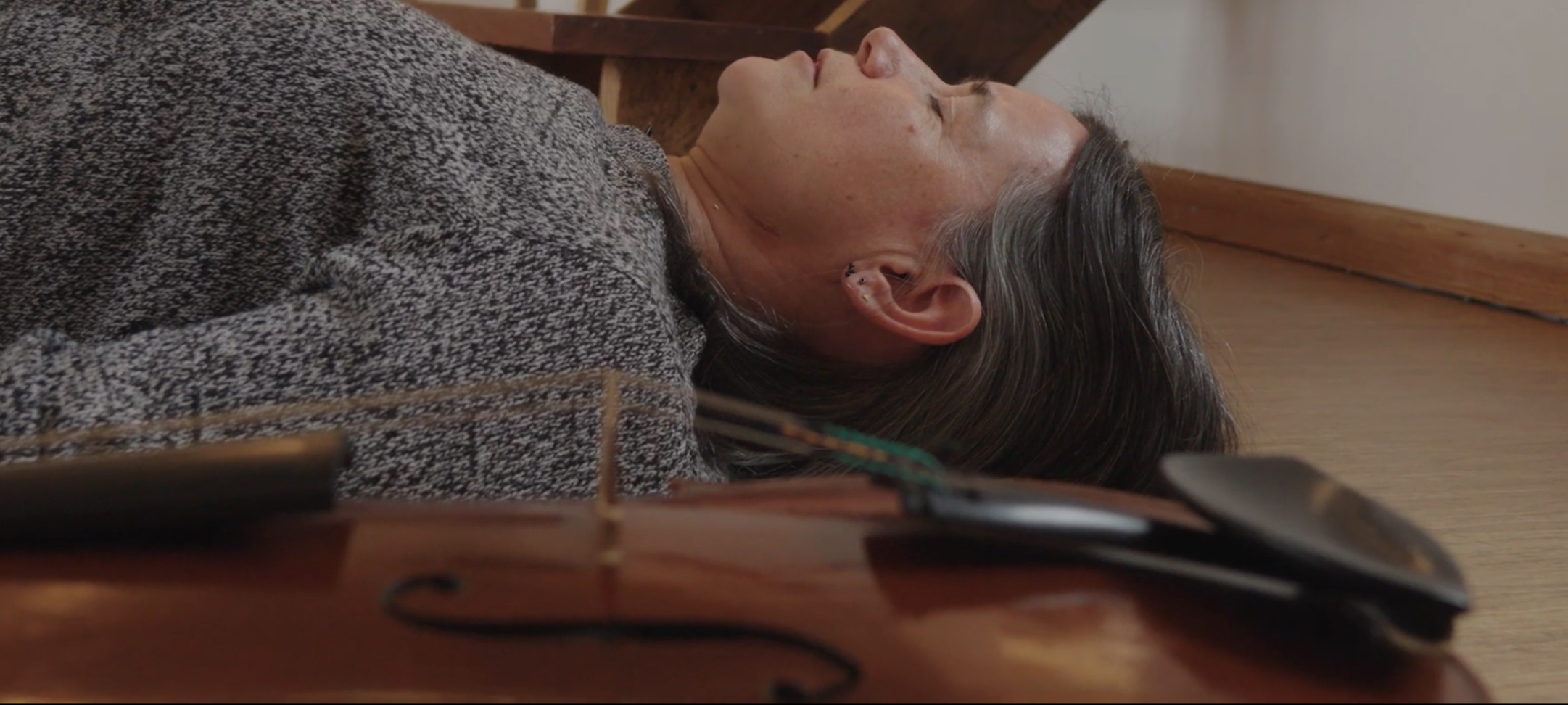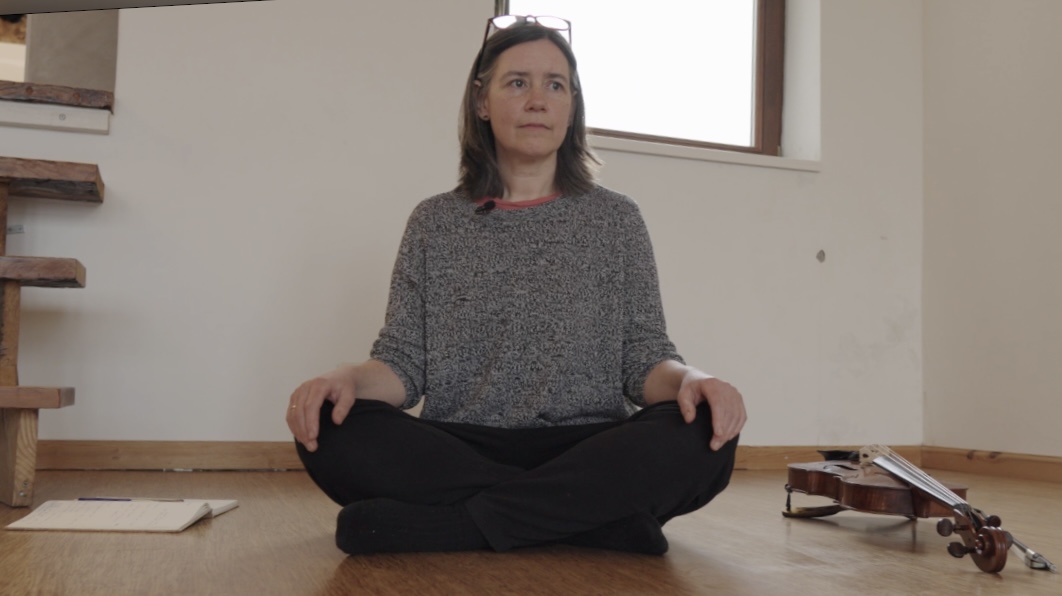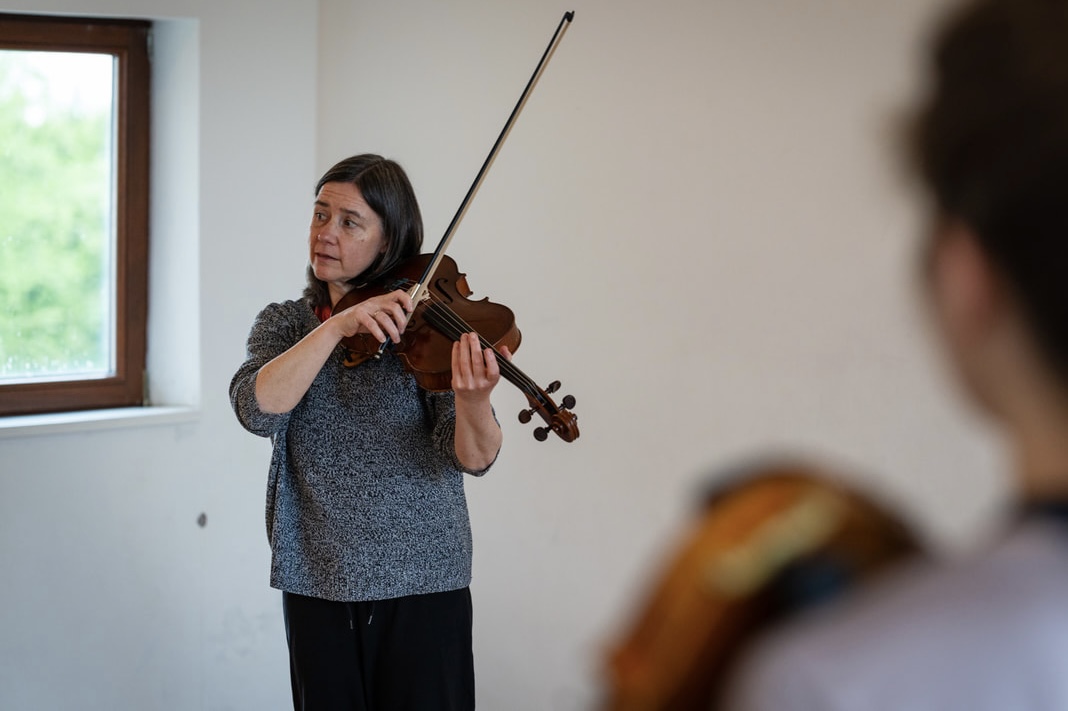Meditation and mindfulness often bring to mind an image of sitting in silence, eyes closed and motionless, but many methods include informal practice - ways of incorporating mindful states into routine daily activities.
As my meditation practise has grown over the years, I've discovered the many ways in which mindfulness appears and can be nurtured in my musical activities; on and off stage, practising alone or playing with others, reading music in a classical setting or improvising in a multi-disciplinary setting.
Somatic movement plays an important role and I often work together with my colleagues from Play As We Are to add emphasis to this aspect.
On June 2nd in Splendor, Amsterdam I will be giving a day long workshop together with Ruth Phillips and Lucy Russell - Mindfulness For Musicians.


